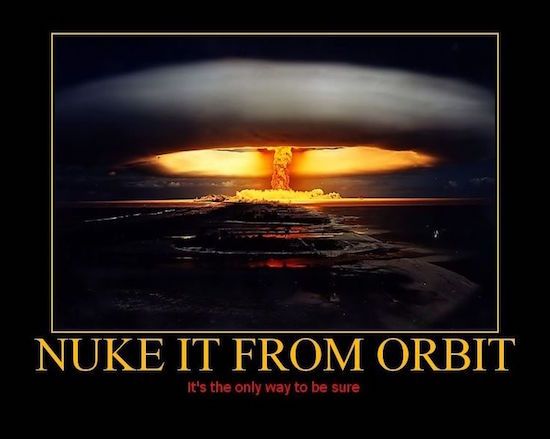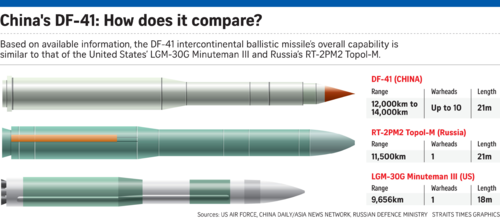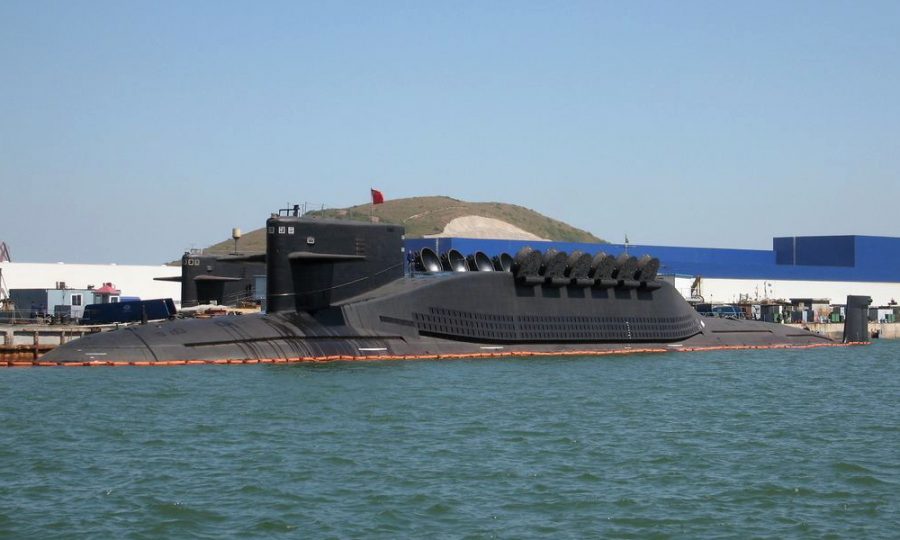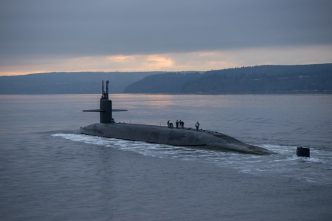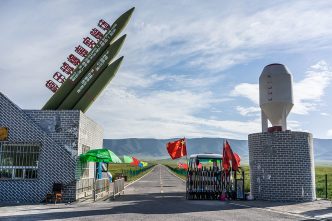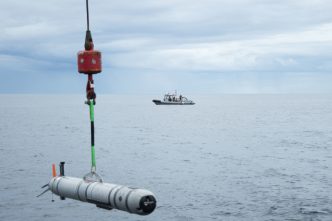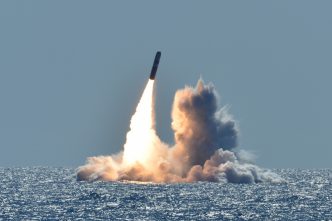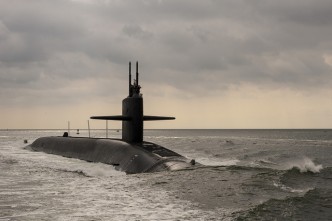China Urged to Embrace Nuclear Option and Counter 'Warmonger U.S.'
Simon Kent
China should expand its stock of nuclear warheads to 1,000 sooner rather than later, the official newspaper of China’s ruling Communist Party said Friday, adding the latest class of intercontinental missiles capable of striking continental United States should be included in that expansion.
The Global Times published the piece making the strategic call. It is backed by the People’s Daily, the Communist mouthpiece known to float ideas and guide public sentiments, which tends to take a robust nationalistic stance on issues of geopolitics.
The editorial laid out the case for what it believed is part of the rise and rise and Communist China to become a global supowerpower. It said “it’s an urgent task for China to expand its nuclear arsenal and strengthen its strategic strike capacities.”
It referenced another piece in the Communist organ that pointed to “U.S. warmongers” and argued:
China needs to expand the number of its nuclear warheads to 1,000 in a relatively short time. It needs to have at least 100 Dongfeng-41 strategic missiles. We are a peace-loving nation and have committed to never being the first to use nuclear weapons, but we need a larger nuclear arsenal to curb US strategic ambitions and impulses toward China. Maybe we have to deal with challenges with stronger determination in the near future, which requires the support of the Dongfeng and Julang missiles.
Don’t be naïve. Don’t assume that nuclear warheads are useless. In fact, they are being used every day as a deterrent to shape the attitudes of US elites toward China. Some Chinese experts say we don’t need more nuclear weapons, I think they are as naïve as children.
Global Times editor-in-chief Hu Xijin later took to social media and built on his theme for a fully nuclear armed China, Reuters reports.
“We love peace and promise not to use nuclear weapons first, but we need a bigger nuclear arsenal to suppress U.S. strategic ambition and impulse against China,” Hu wrote in a Weibo post.
Hu added his own call for “at least 100 DF-41 strategic missiles”, a latest class of intercontinental missiles capable of striking continental United States, according to defense experts.
He wrote, “Don’t think that nuclear warheads are useless during peacetime. We are using them everyone, silently, to shape the attitudes of American elites towards us.”
Hu’s post on Weibo – a Twitter-like social media in China – came after the White House said Donald Trump called for “effective arms control” that includes China and Russia during a telephone call on Thursday with his Russian counterpart Vladimir Putin.
Follow Simon Kent on Twitter: Follow @SunSimonKent or e-mail to: skent@breitbart.com
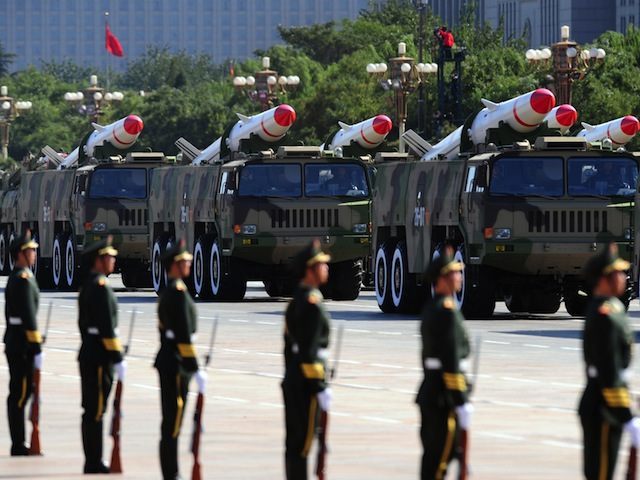
 www.breitbart.com
www.breitbart.com
Simon Kent
China should expand its stock of nuclear warheads to 1,000 sooner rather than later, the official newspaper of China’s ruling Communist Party said Friday, adding the latest class of intercontinental missiles capable of striking continental United States should be included in that expansion.
The Global Times published the piece making the strategic call. It is backed by the People’s Daily, the Communist mouthpiece known to float ideas and guide public sentiments, which tends to take a robust nationalistic stance on issues of geopolitics.
The editorial laid out the case for what it believed is part of the rise and rise and Communist China to become a global supowerpower. It said “it’s an urgent task for China to expand its nuclear arsenal and strengthen its strategic strike capacities.”
It referenced another piece in the Communist organ that pointed to “U.S. warmongers” and argued:
China needs to expand the number of its nuclear warheads to 1,000 in a relatively short time. It needs to have at least 100 Dongfeng-41 strategic missiles. We are a peace-loving nation and have committed to never being the first to use nuclear weapons, but we need a larger nuclear arsenal to curb US strategic ambitions and impulses toward China. Maybe we have to deal with challenges with stronger determination in the near future, which requires the support of the Dongfeng and Julang missiles.
Don’t be naïve. Don’t assume that nuclear warheads are useless. In fact, they are being used every day as a deterrent to shape the attitudes of US elites toward China. Some Chinese experts say we don’t need more nuclear weapons, I think they are as naïve as children.
Global Times editor-in-chief Hu Xijin later took to social media and built on his theme for a fully nuclear armed China, Reuters reports.
“We love peace and promise not to use nuclear weapons first, but we need a bigger nuclear arsenal to suppress U.S. strategic ambition and impulse against China,” Hu wrote in a Weibo post.
Hu added his own call for “at least 100 DF-41 strategic missiles”, a latest class of intercontinental missiles capable of striking continental United States, according to defense experts.
He wrote, “Don’t think that nuclear warheads are useless during peacetime. We are using them everyone, silently, to shape the attitudes of American elites towards us.”
Hu’s post on Weibo – a Twitter-like social media in China – came after the White House said Donald Trump called for “effective arms control” that includes China and Russia during a telephone call on Thursday with his Russian counterpart Vladimir Putin.
Follow Simon Kent on Twitter: Follow @SunSimonKent or e-mail to: skent@breitbart.com

China Urged to Embrace Nuclear Option and Counter 'Warmonger U.S.'
China should expand its stock of nuclear warheads to 1,000, the official newspaper of China’s ruling Communist Party said Friday, adding...

